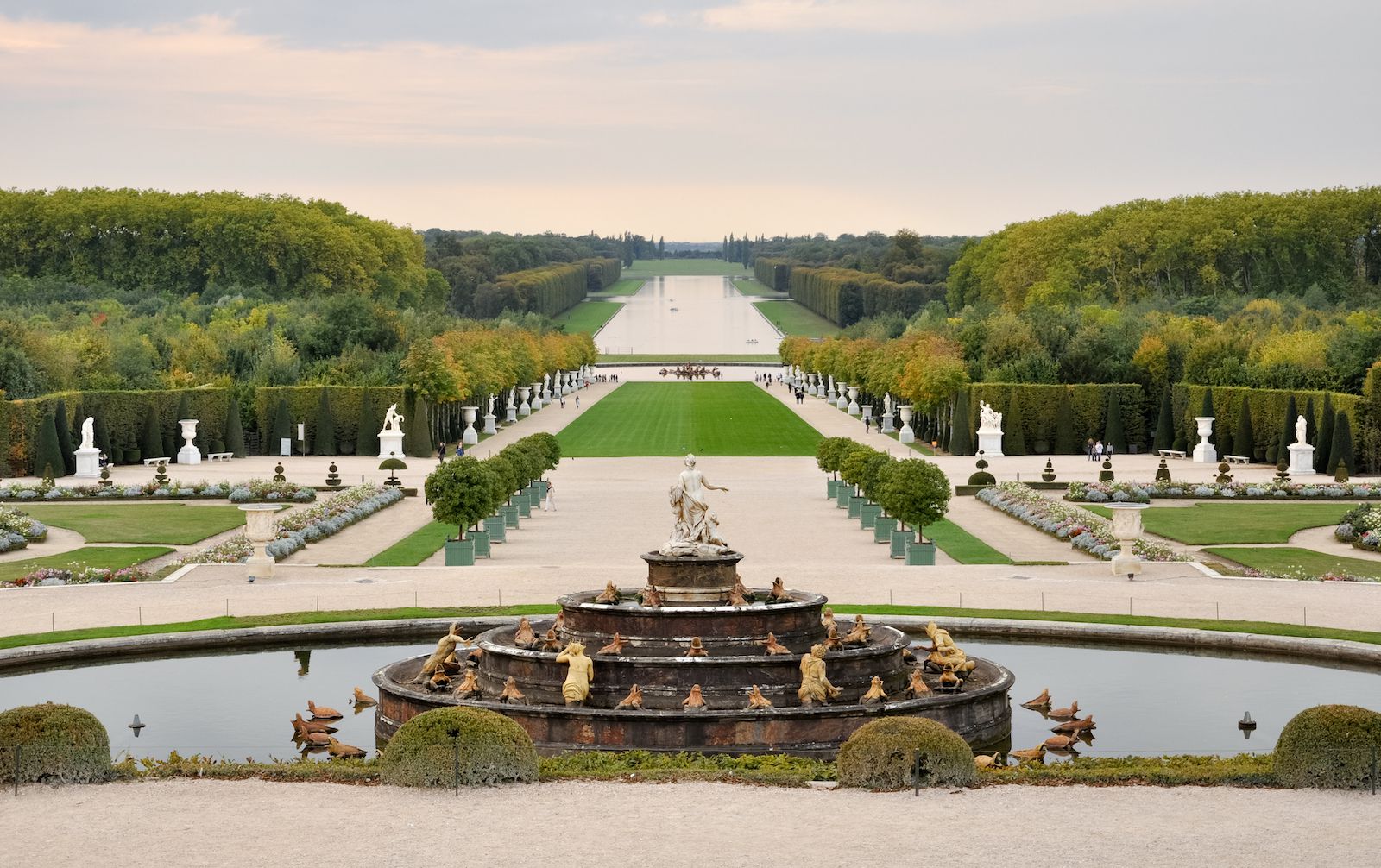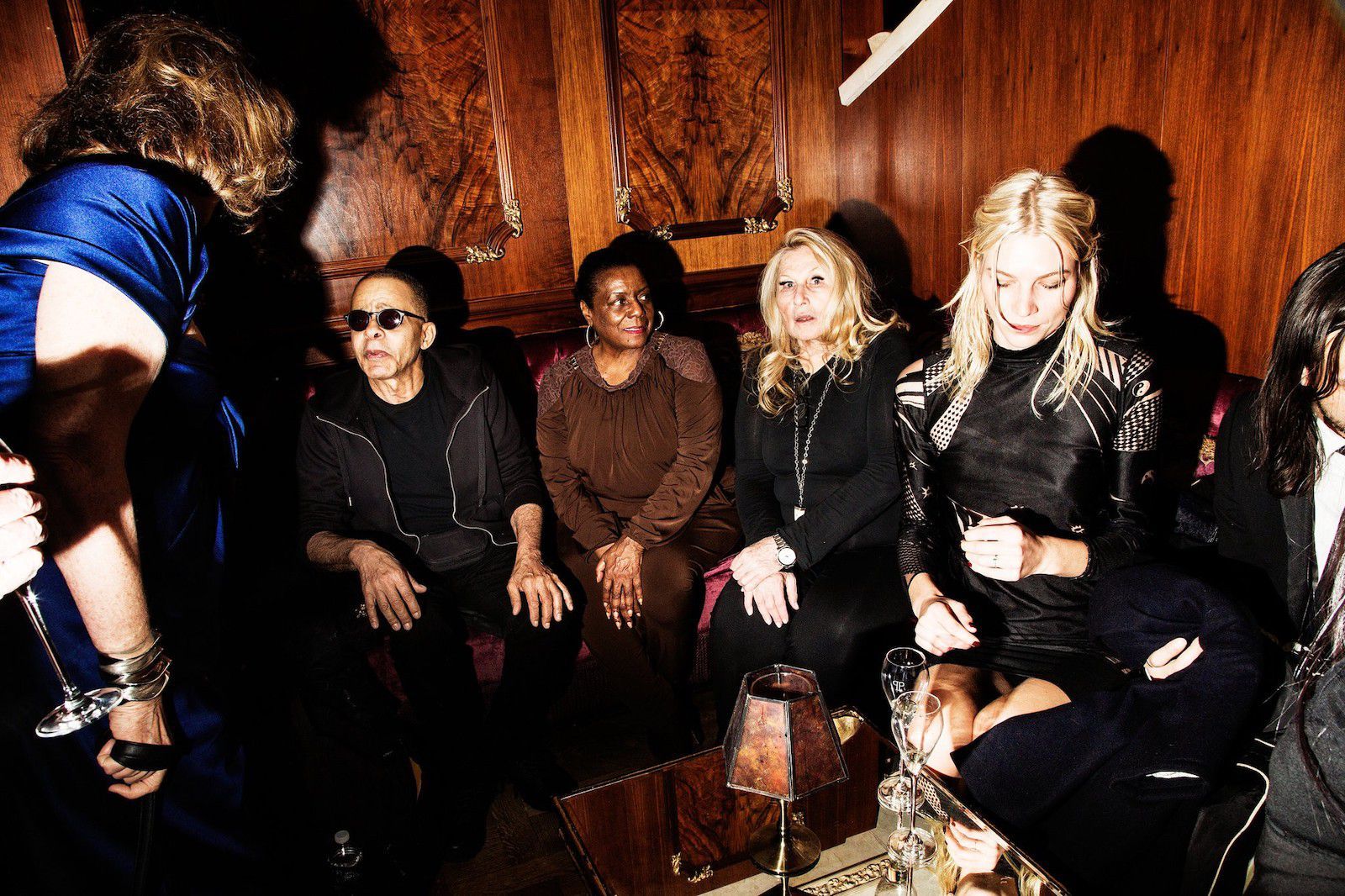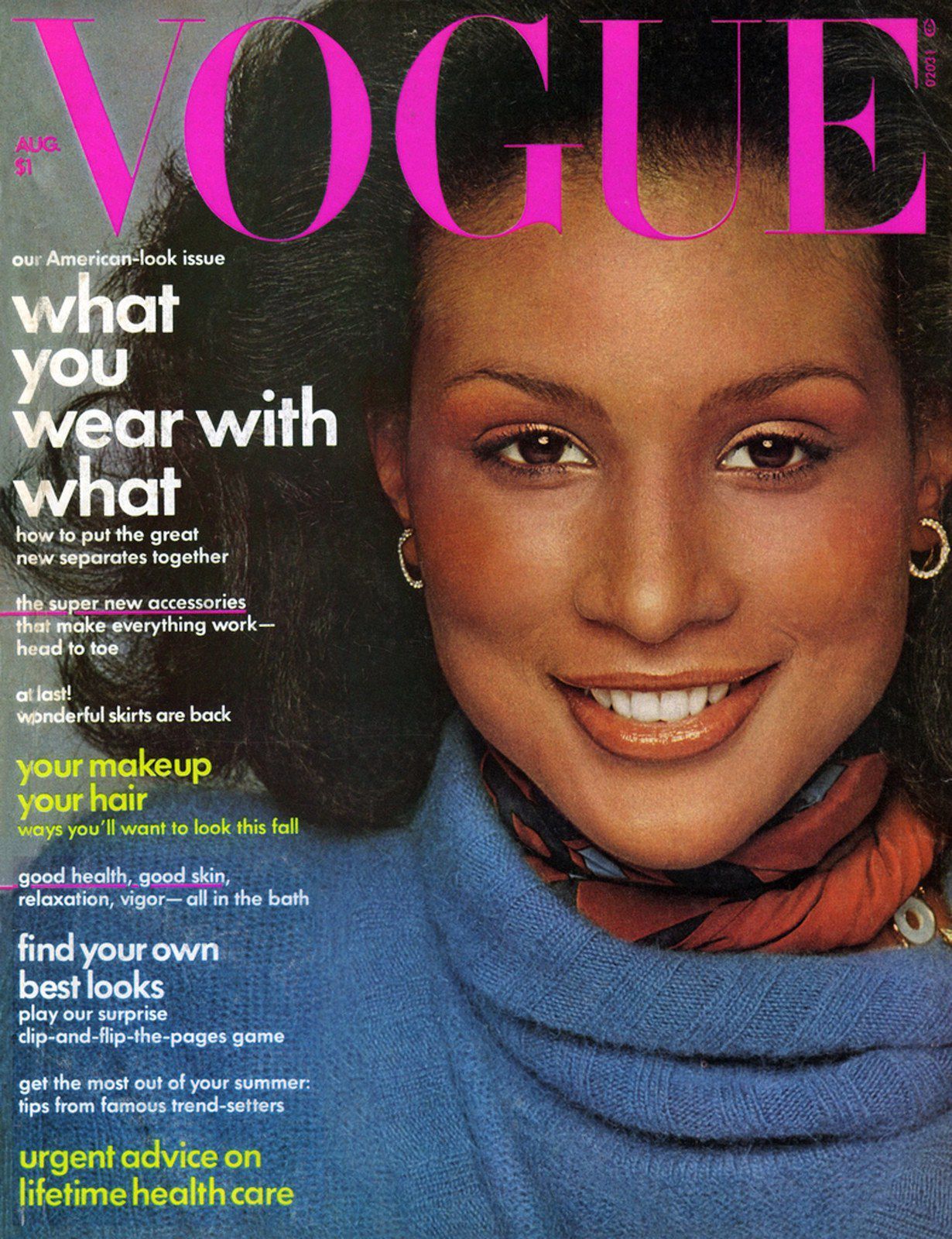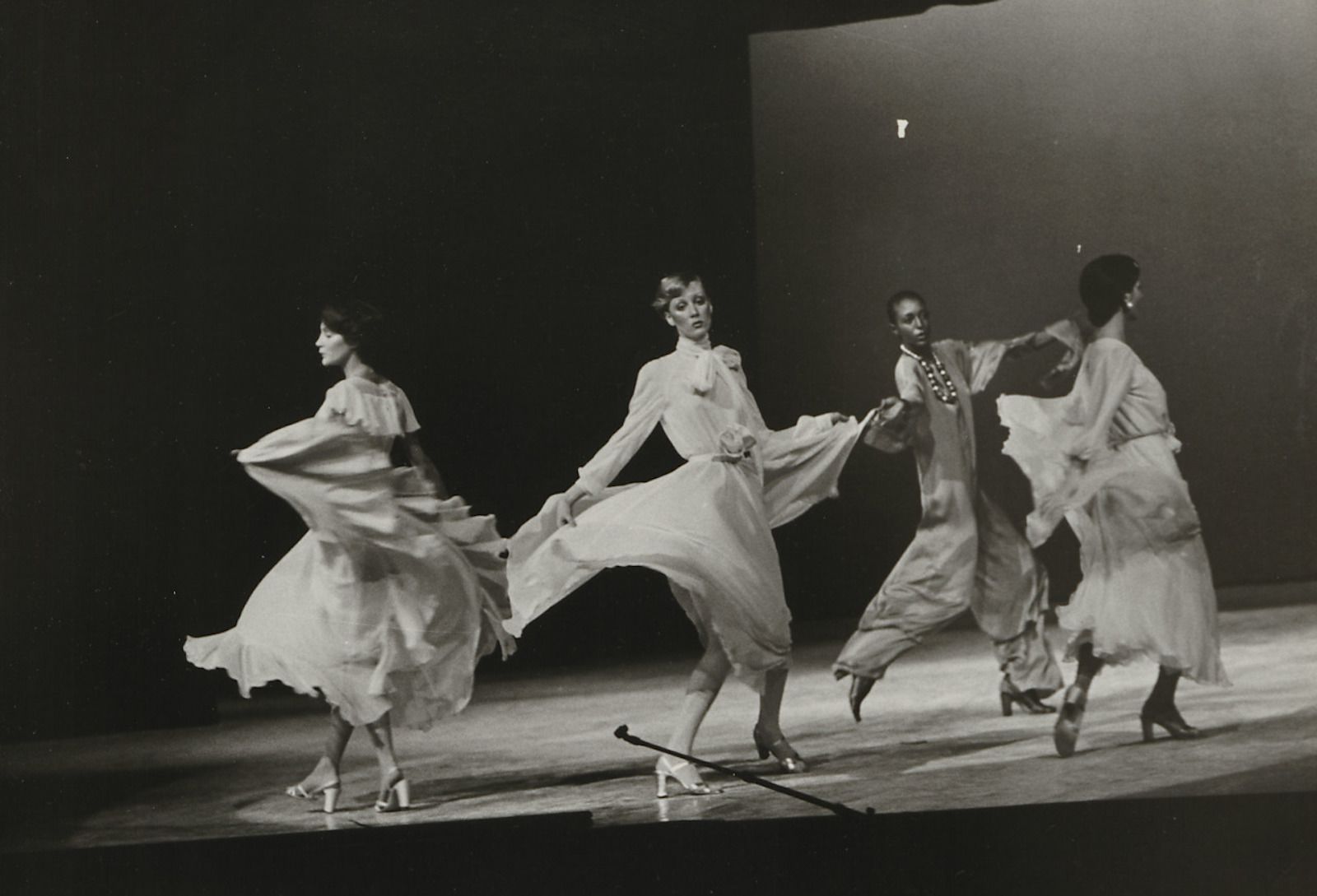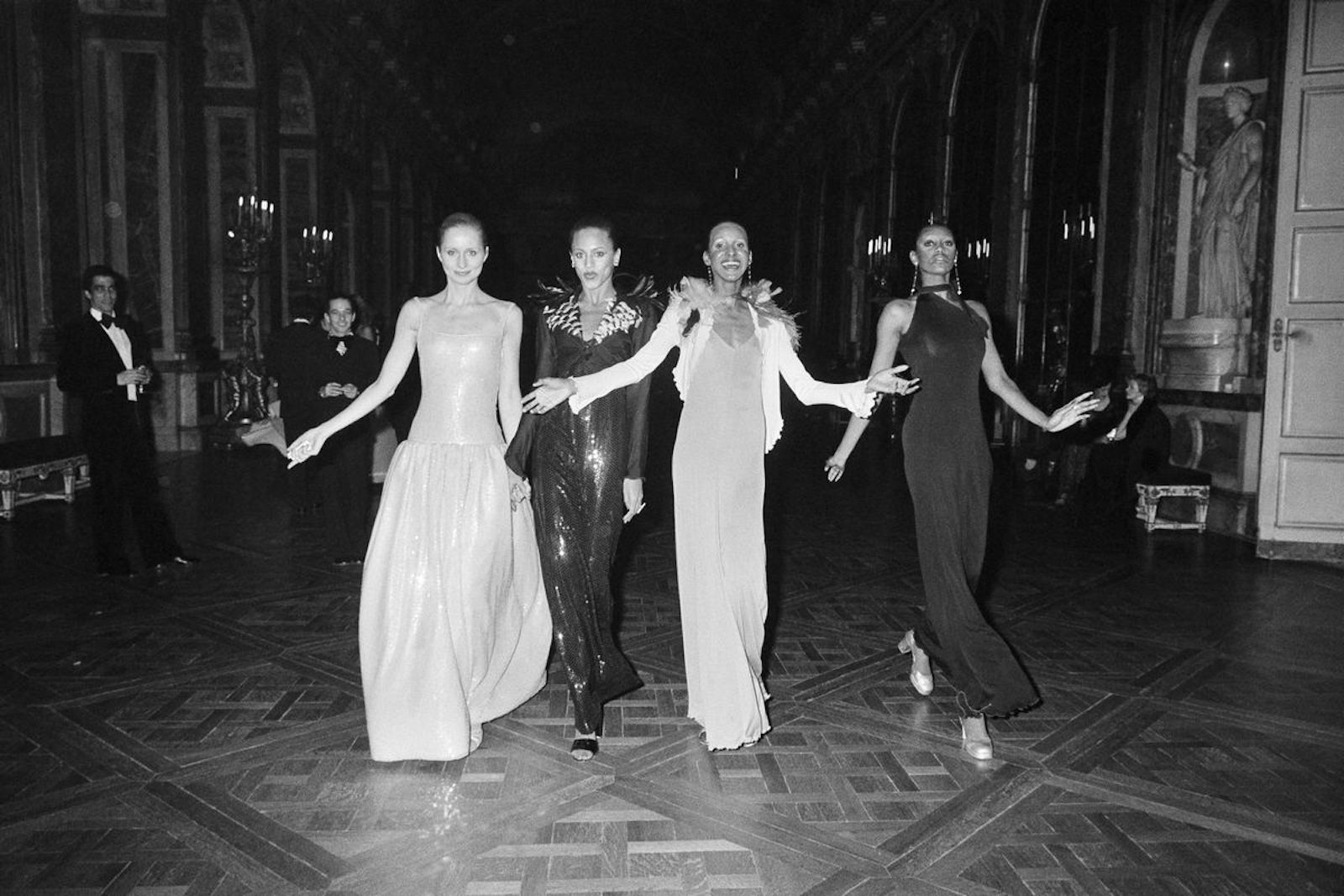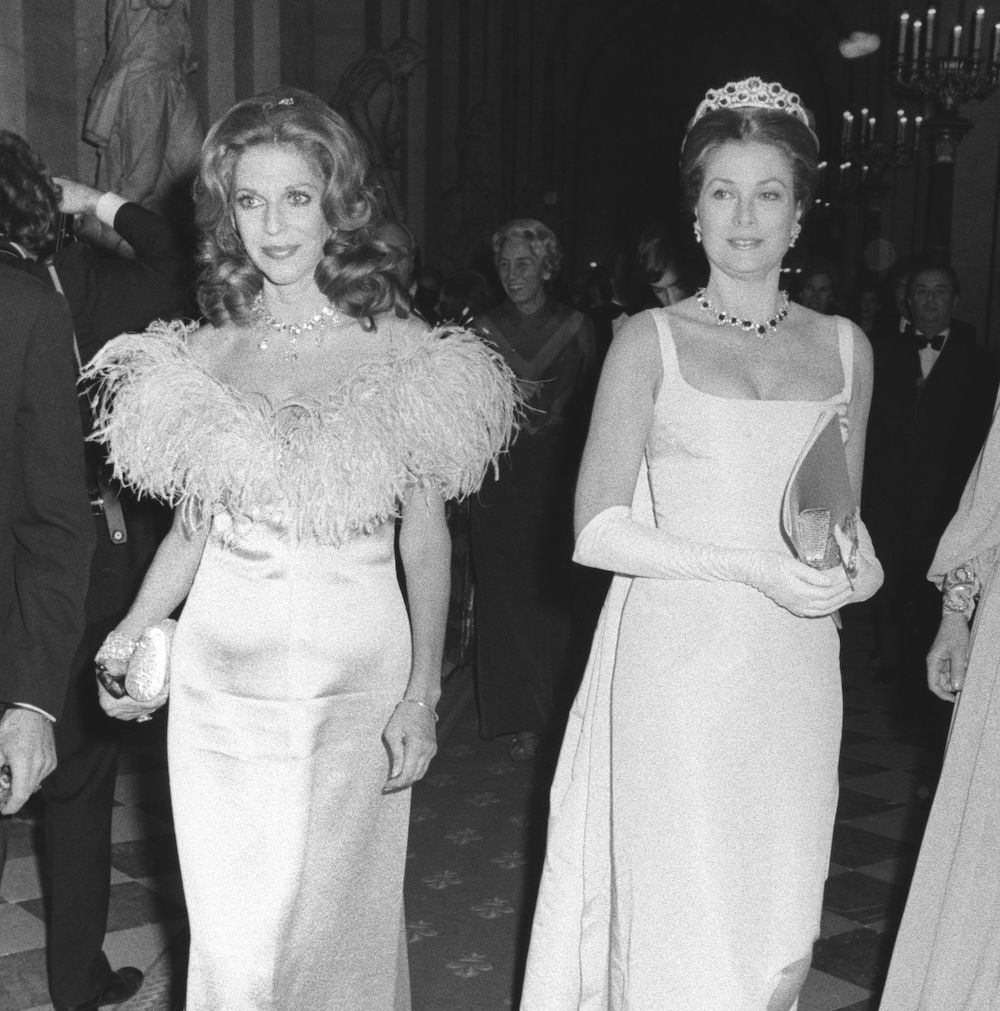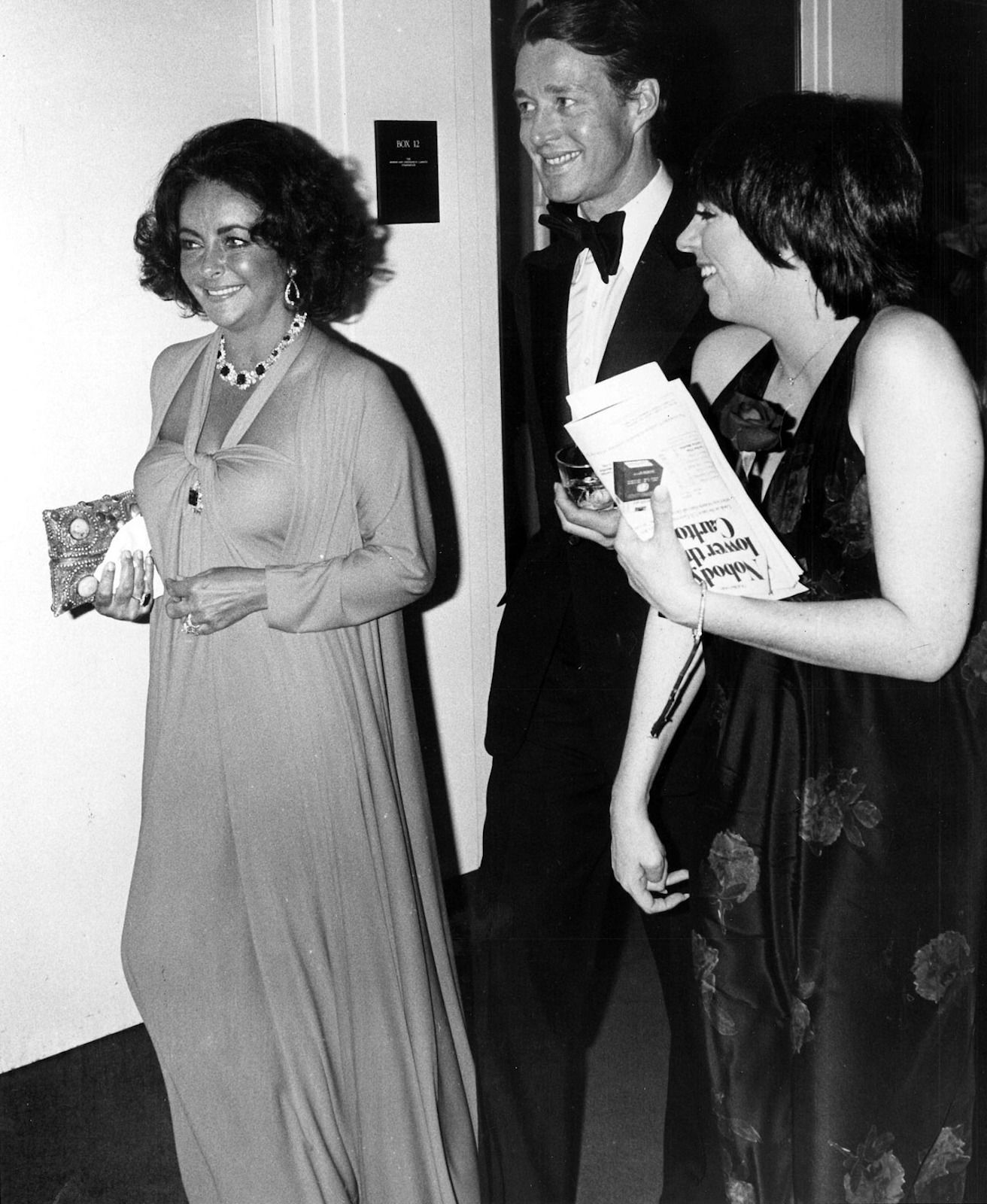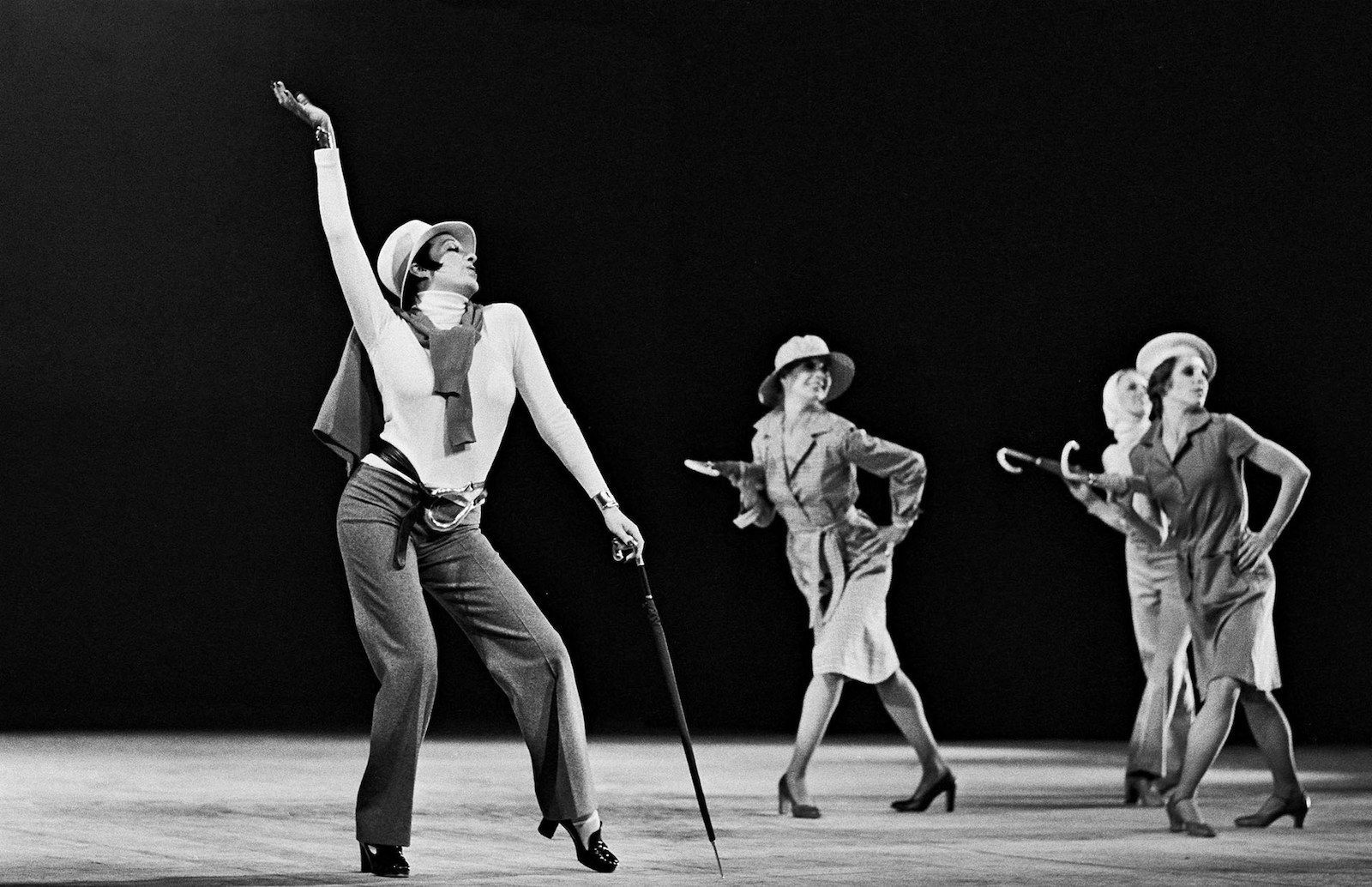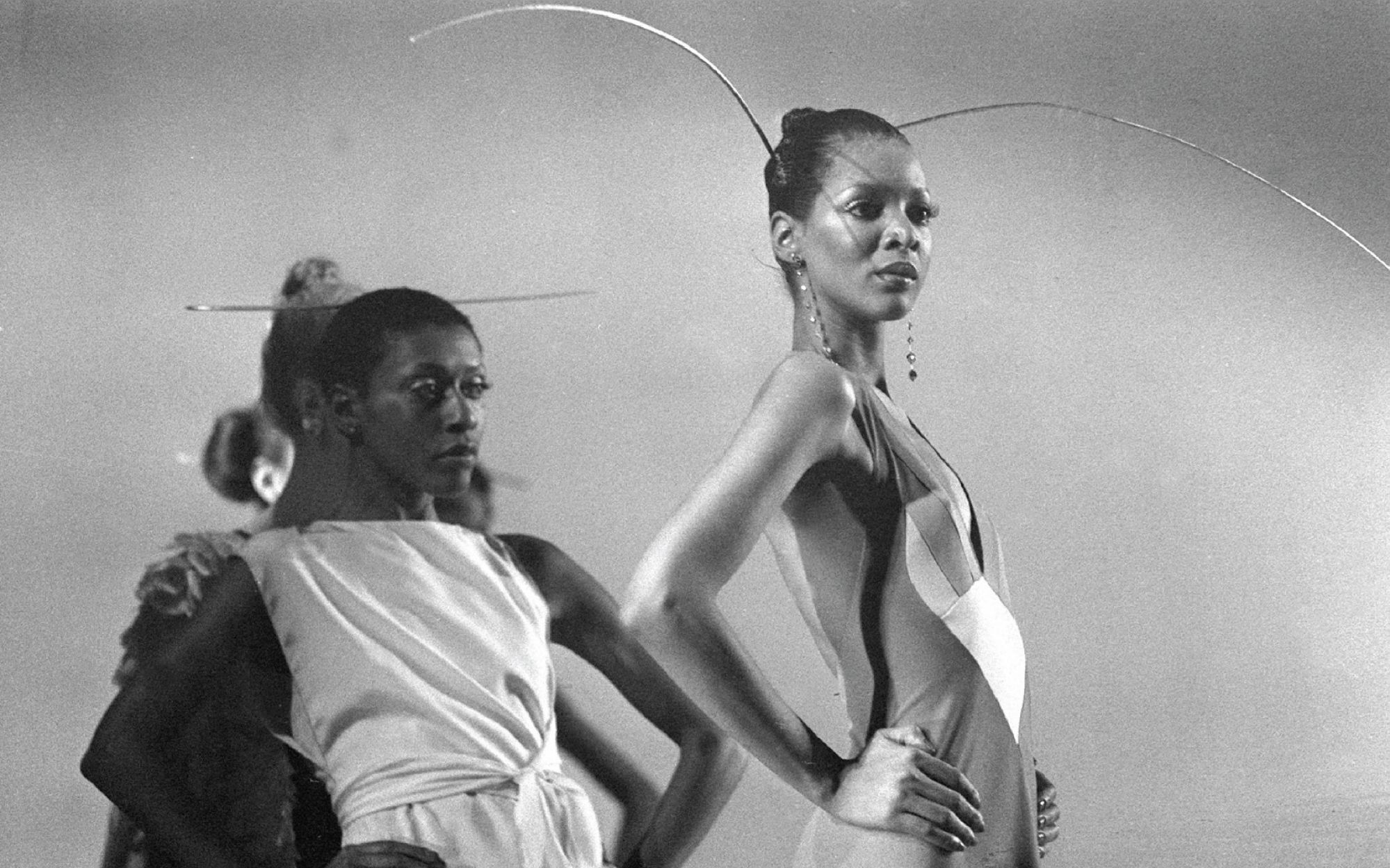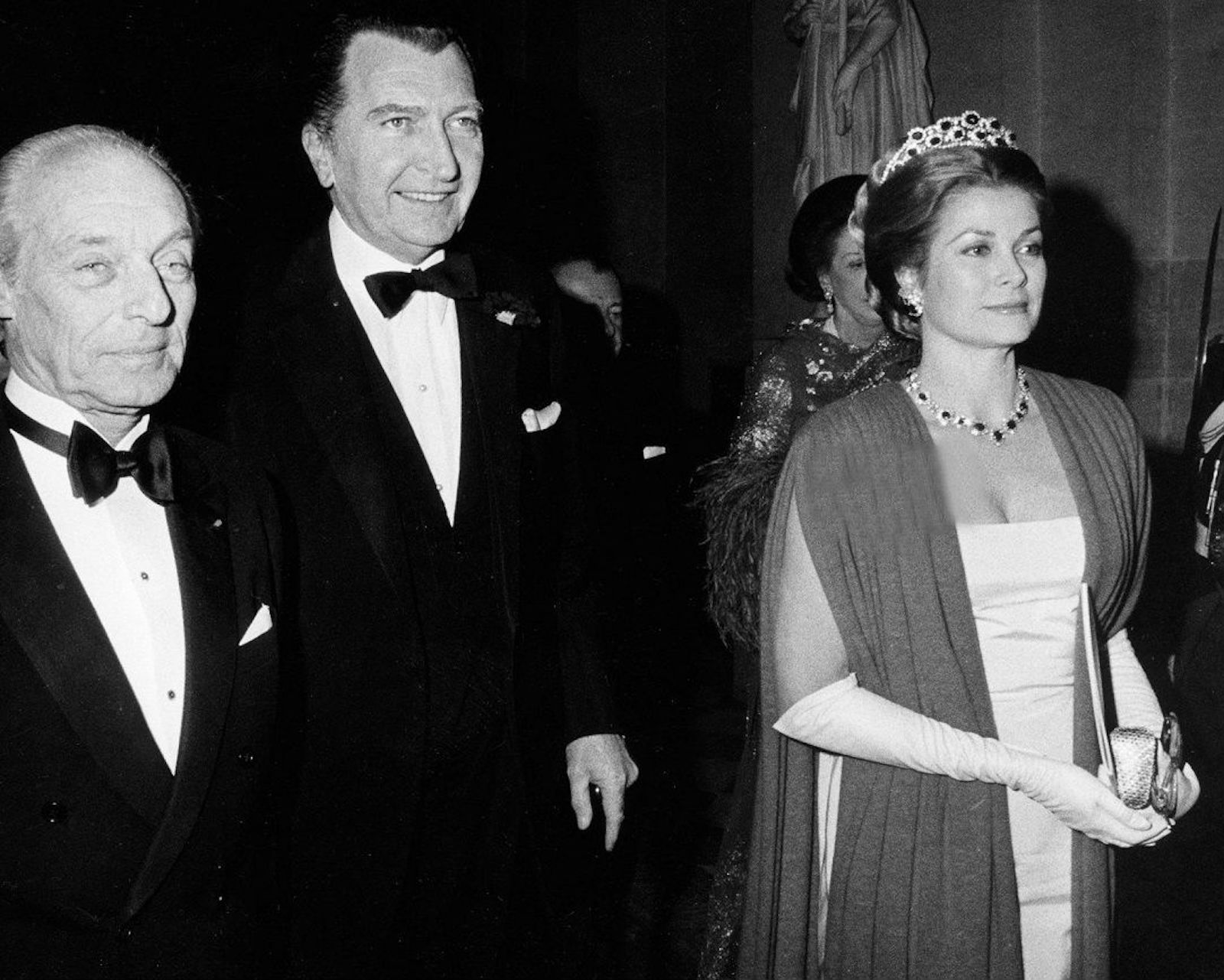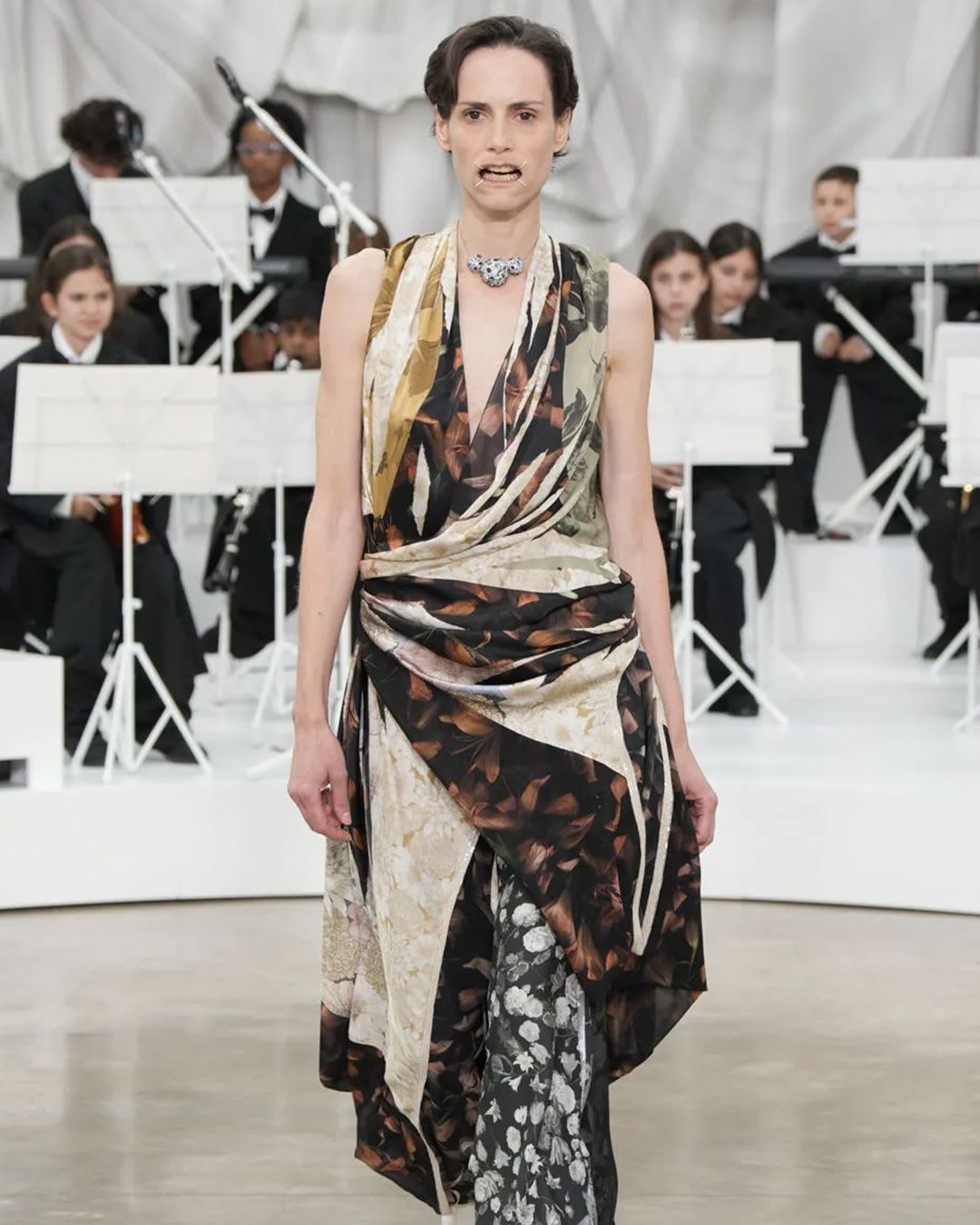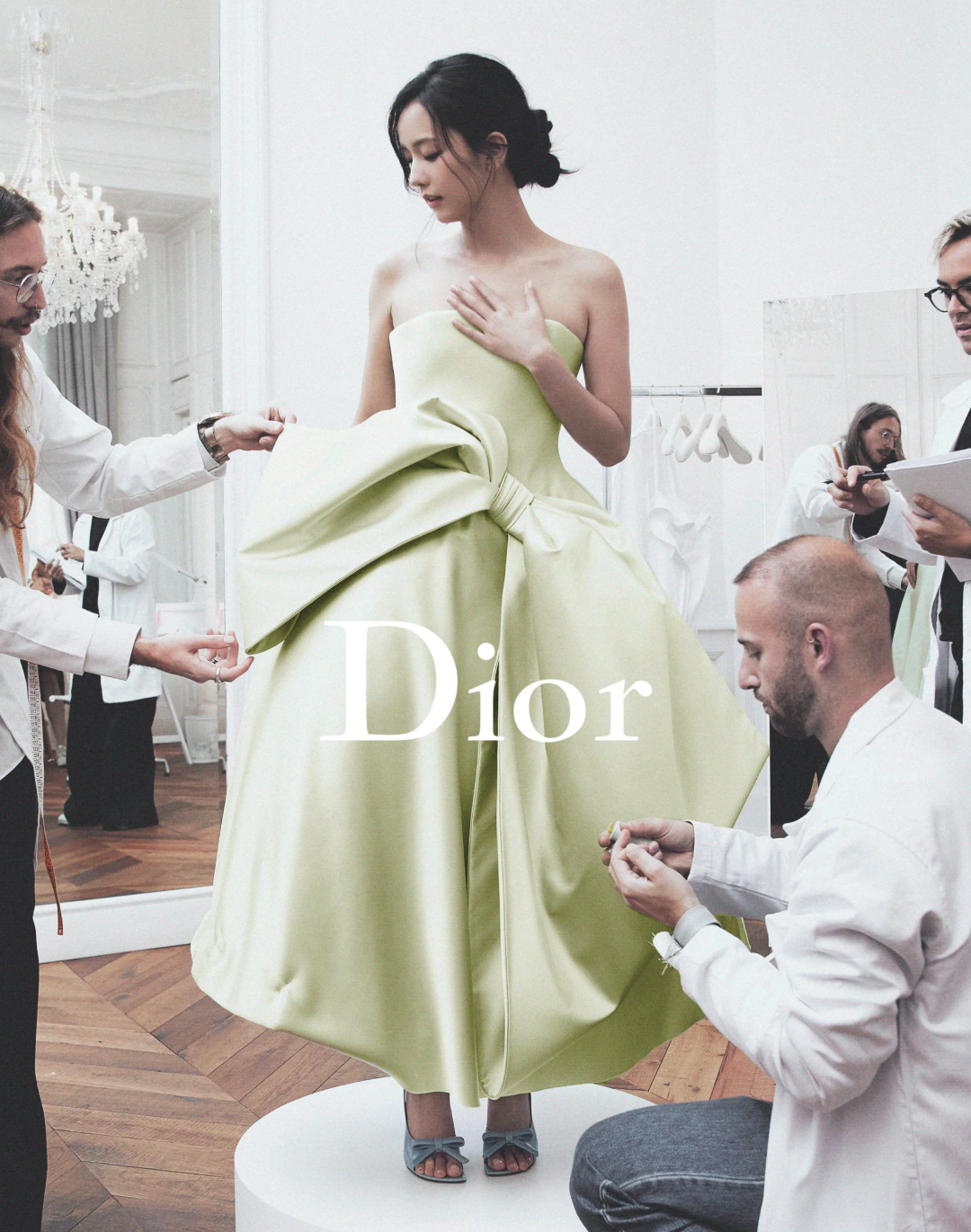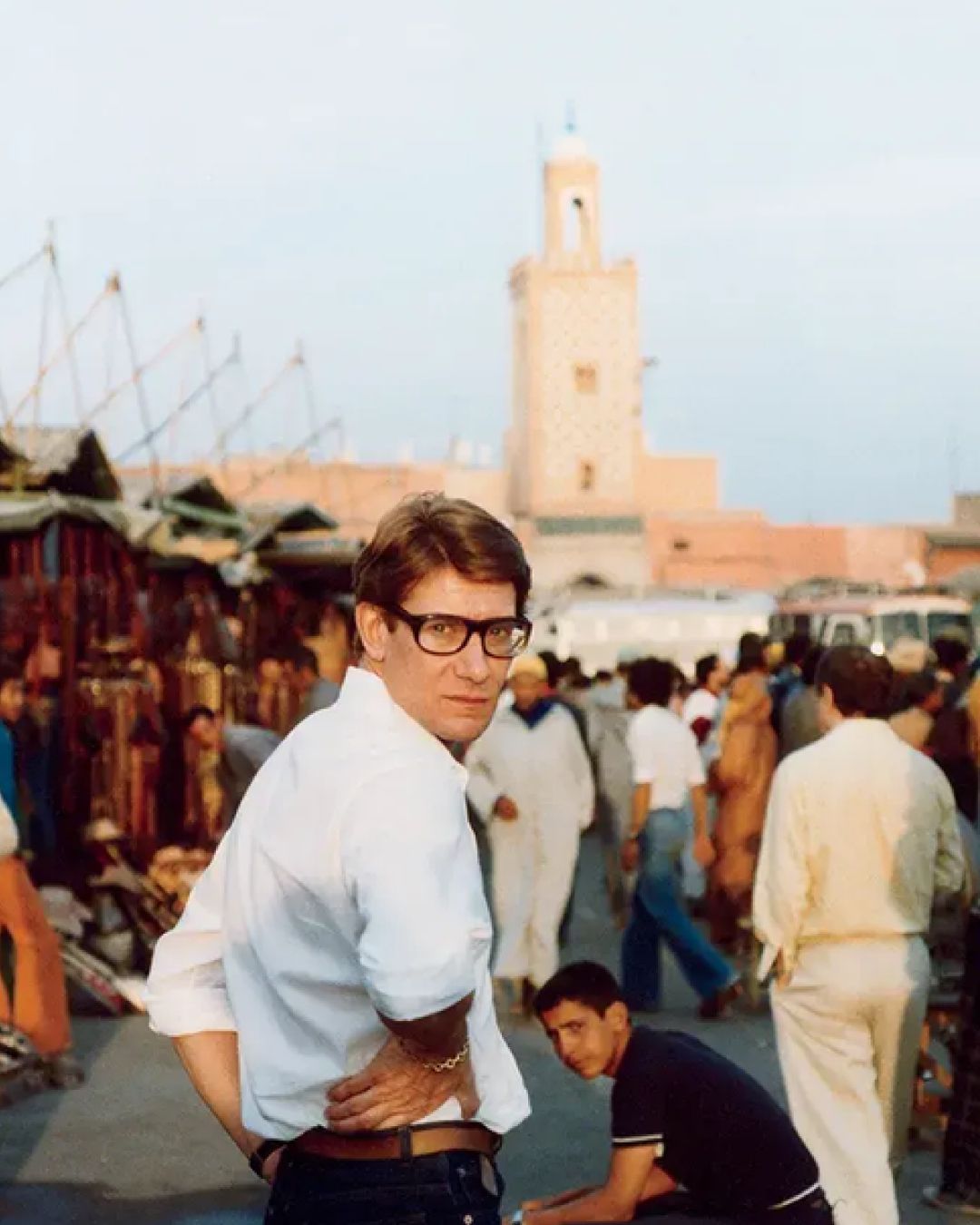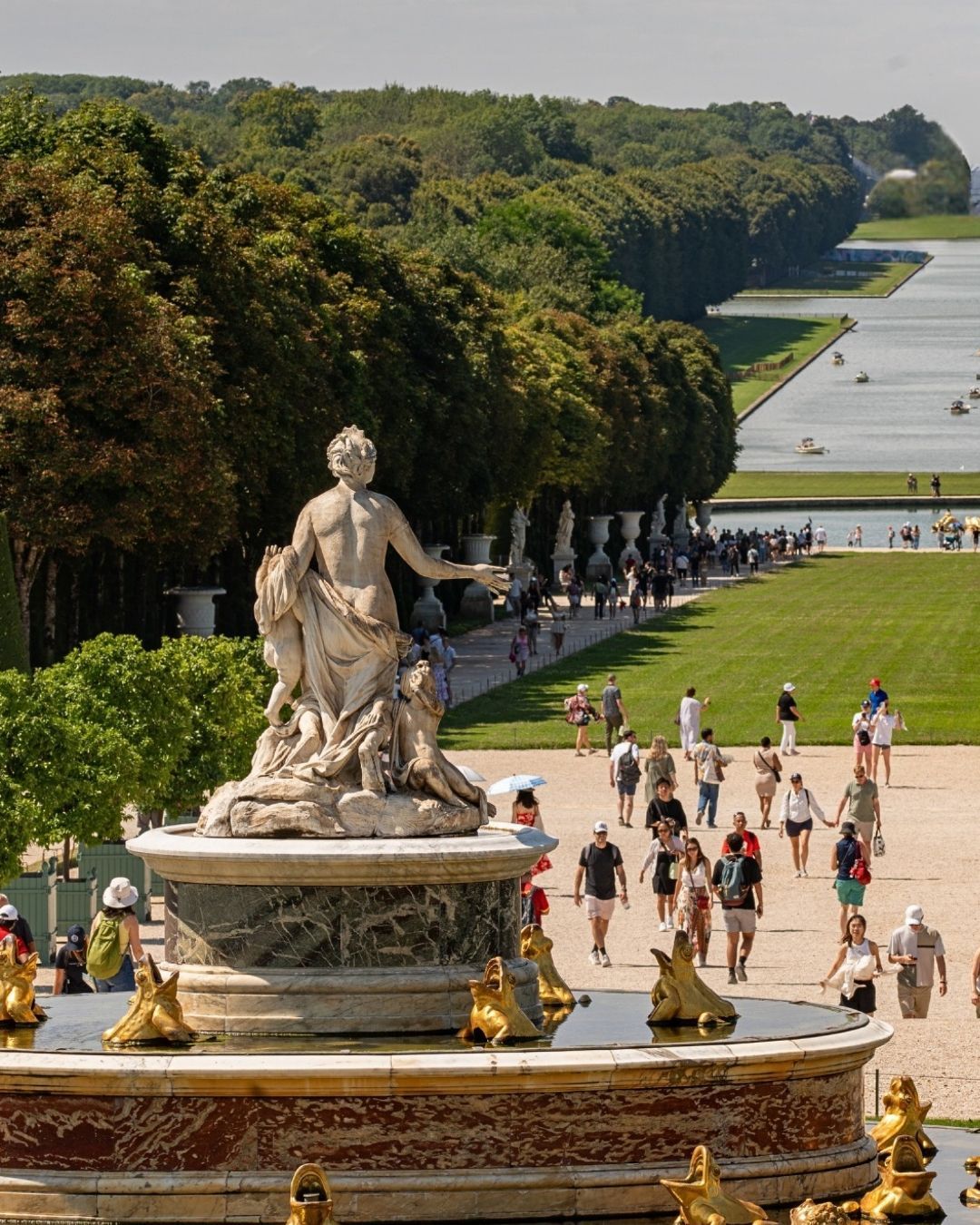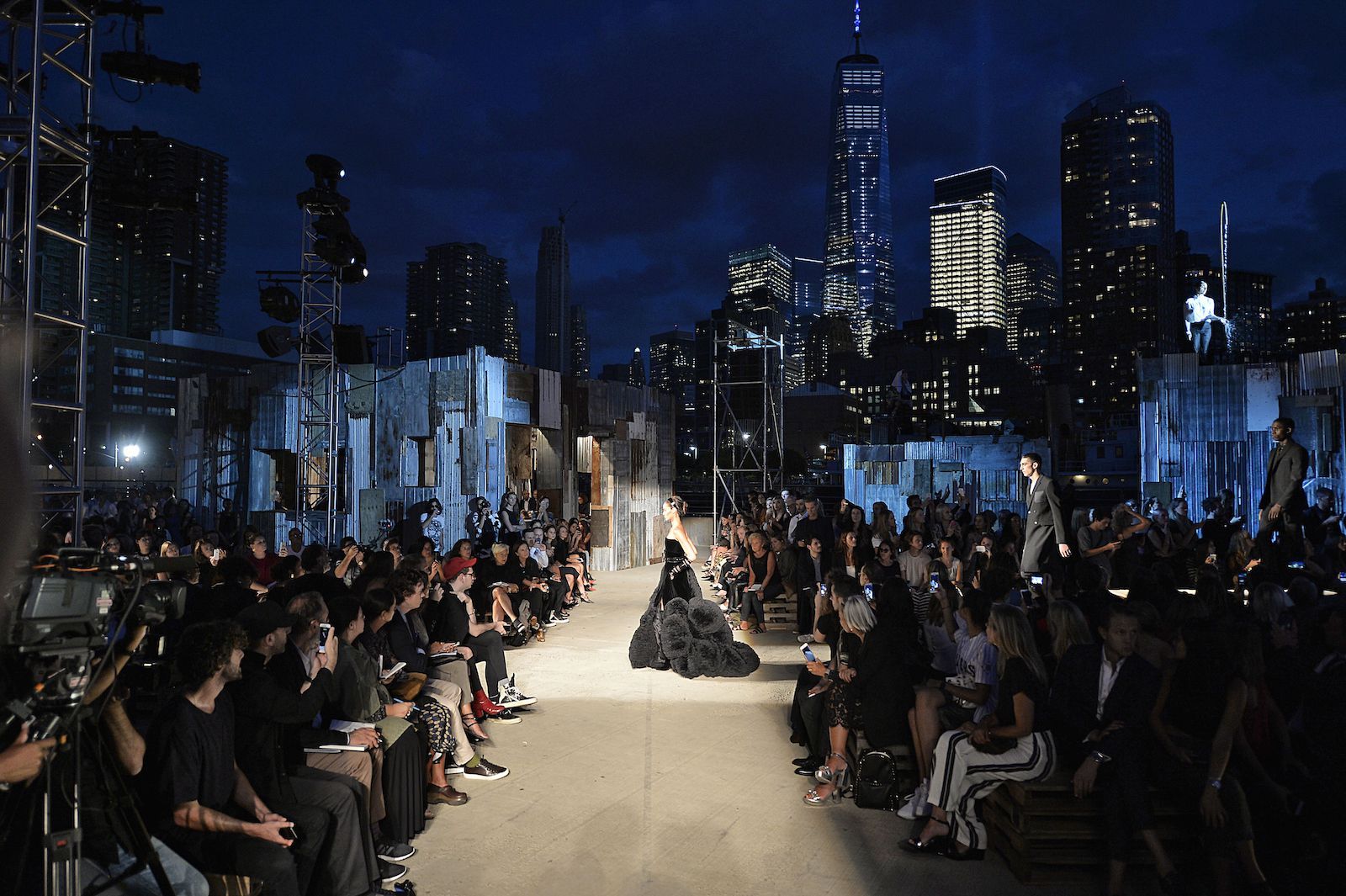
American fashion was born in Versailles The battle between 5 US designers and 5 French that changed the codes of fashion aesthetics
The war of the worlds is among the favorite topics for science fiction and apocalyptic films, which exalt us (or not) for the tension and the clash of semantic spheres that only apparently don't dialogue, only to find themselves more similar than they would be expected. Whether the battle is human and aliens or DC against Marvel doesn't matter, the clash is always great and somehow we watch the film without knowing who to fight for. It will not have saved the destiny of the earth, but what happened on November 28, 1973, in Versailles remains a mythical clash for the shiny fashion galaxy.
The Palace of Versailles from 1682 to 1789 was the home of French royals, a place where the complex elegance of court rituals was the ultimate expression of social life. Between 1600 and 1700 the solemnity and the artifice, strongly French, were abandoned, driven by the vital necessity of restoring leisure, pleasure and comfort. The formalism of the last years of the Sun King, loosened with the seven-year regency of Philip of Orleans, opening the way, later, to an exotic taste, characterized by a new refinement. On November 28, 1973, in what is remembered as the "Battle of Versailles", European high society filled the palace, discovering, as during the Ancien Regime, a new taste, capable of destabilizing the hierarchies of fashion.
Eleanor Lambert, a decisive figure for the development of American fashion design, had the idea, together with the curator of the palace of Versailles Gerald Van Der Kemp, to organize a challenge between 5 French and 5 American fashion designers, with the aim of raising funds for the restoration of the 700 rooms of the building, but above all to make known in Europe the qualities of designers overseas.
The two worlds that would battle were represented on one side by Halston, Ann Klein (with his assistant Donna Karan), Bill Blass, Stephen Burrows and Oscar de la Renta, opposed to Yves Saint Laurent, Marc Bohan for Christian Dior, Pierre Cardin, Emanuel Ungaro and Hubert de Givenchy.
As in the most Hollywood stories which told about David versus Goliath, the five Americans showed an unexpected power. At a time when France dominated the scene, the US emphasized ready-to-wear, sportswear and the fashion show as a form of entertainment, fully expressing pragmatism and fears-free informality, far from the European model. The show was crazy, the light music and the gracious European models were opposed to music as a strong expression of sensuality and 36 models that expressed great emotionality on the catwalk. 11 of the 36 girls chosen by American designers were black and among them, there were also Pat Cleveland and Beverly Johnson. The first was known by the greatest artists of the time, who along with her attended the Studio 54 in New York, the second instead, the following year will become the first black model to appear on the cover of Vogue magazine.
The French, who expected only streetwear, however, attended a show full of energy, seduction and ethnic and exotic elements, open and closed by Liza Minnelli, fresh Oscar winner for Cabaret, flanked by 10 Broadway dancers. The French elegance was instead accompanied by Josephine Baker and Nureyev.
The strength of the five American designers was to import a new culture, devoid of codes and renewed in color. Burrows brought a style from the street, fun in his colorful evening dresses. The talent of Halston, a shy representative of a sincere and very American style even in artistic inspirations, surprised the audience, after his work had already been appreciated in the US by Jackie Kennedy, for whom he designed the hats. Halston brings undressed and mysterious women on the catwalk, choreographies and jazz music, inspired by the models of the '20s and' 30s. De la Renta was the most European among the Americans, he had studied in Paris, presented an elegant ready-to-wear, with silk dresses, that floated freely in the air in a sensual way, while in the background touch of strong contemporaneity was given by Barry White's music.
The ending was poetic, Grace Kelly, Liz Taylor and Andy Warhol were enthusiastic in the stands. The whole attendance understood that they had just seen David defeating Goliath. However, the French did not feel defeated. Saint Laurent above all, admitted a sincere admiration for a new culture, which upset the objectives of fashion and the ideals of beauty. In fact, many of the American models immediately found some possibilities in Europe, as did the designers. The road was paved for the success of those who are still important names in the fashion world and make sure that an important season like that of fashion weeks is closed in New York. The legacy of the "Battle of Versailles" has allowed creatives like Tom Ford, Alexander Wang, Marc Jacobs and Calvin Klein to be the protagonists of the system and the American fashion to be an inspiration for trends and innovations.










































